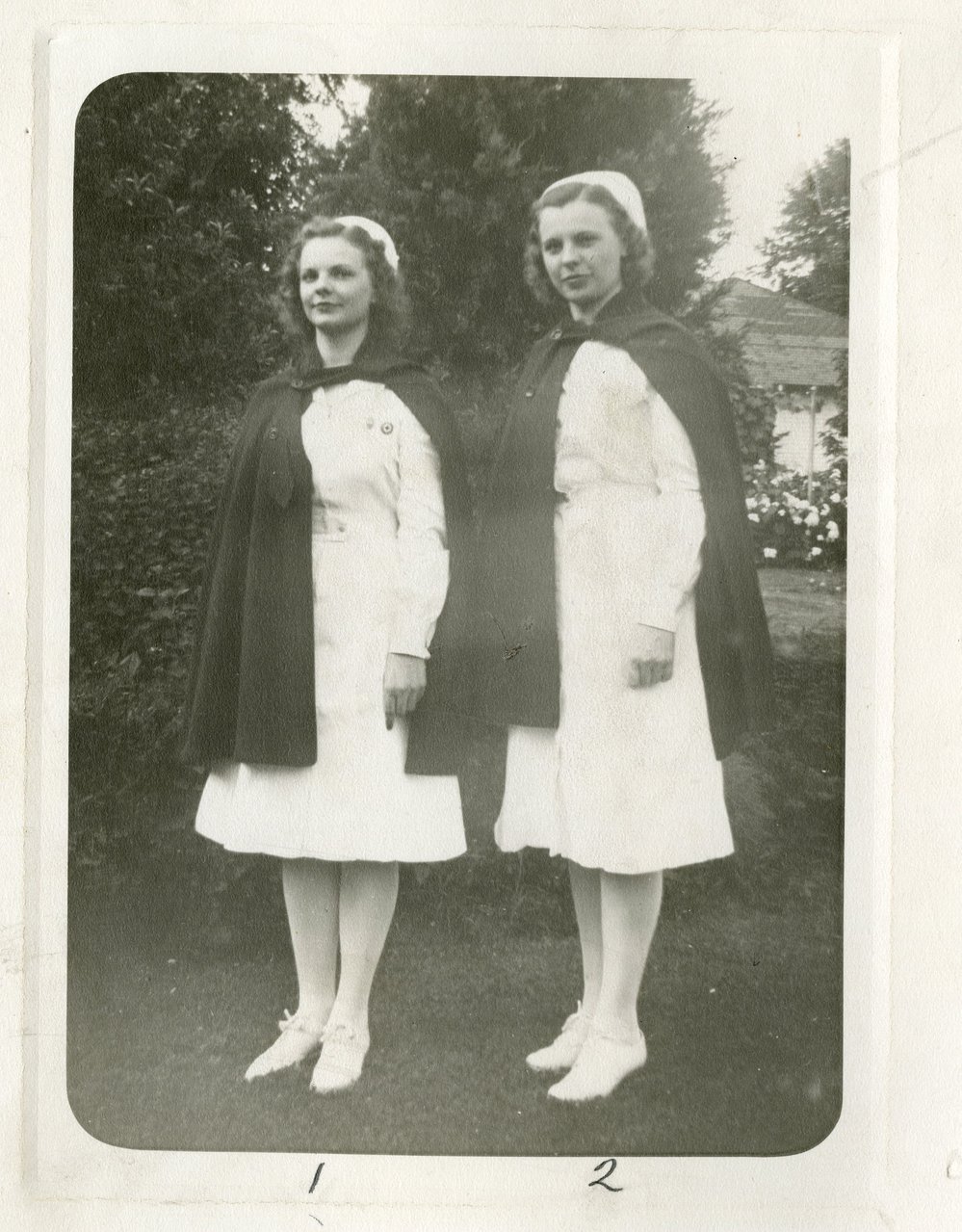
Women are traditionally associated with caregiving. Frontier women, like the ones who lived in early Naperville, were known to travel for miles to care for sick or wounded neighbors and friends.
Women as caregivers increase in significance when the nation is at war. For World War I, The American Red Cross recruited 22,000 professionally trained women to serve as nurses between 1917 and 1919. Originally, the US military wanted to keep women away from harm, but they quickly learned that the best way to get the men the care they needed was to bring nurses close to the battlefield at casualty clearing stations and frontline units.
The need for home support increased during World War II. Angeline Gale was a teacher at Naperville High School and North Central College when she was asked to lead the Naperville Service Organization to help veterans readjust to civilian life. Her work with prefabricated home manufacturers and local real estate interests ensured that Naperville veterans were in their homes before Christmas. Her work received accolades from Dwight Eisenhower, congratulating Gale and Naperville for their “selfless contribution to a splendid cause.”
Caregiving is often done in family settings, with mothers caring for children. But it can also be the other way around. Erin Barnes took care of her mother Brenda Barnes after she had a stroke. This experience inspired her to switch careers and become a nurse. Two out of three family caregivers are women.